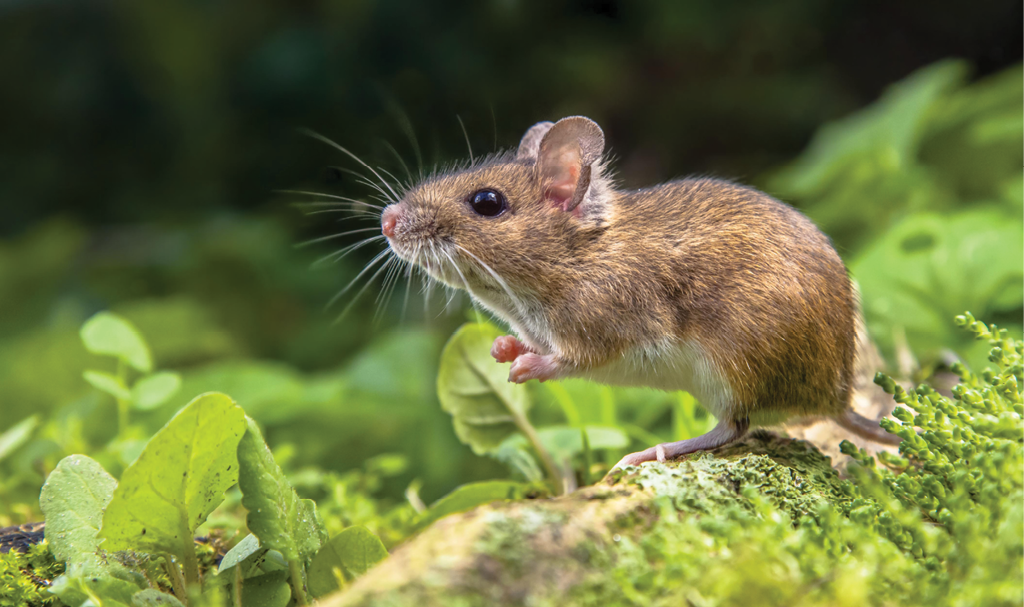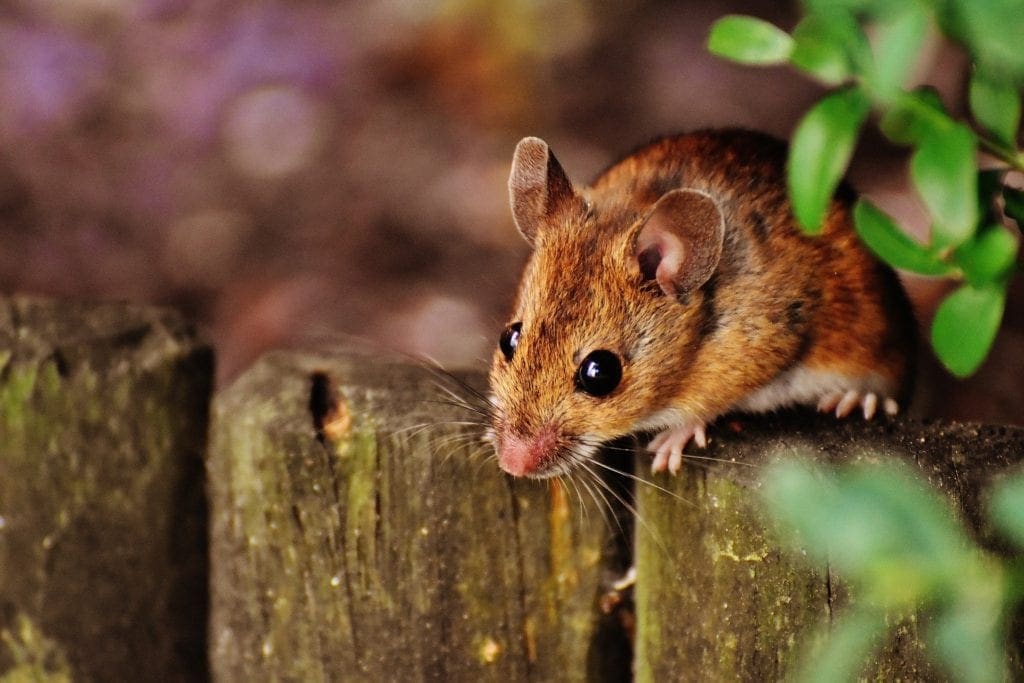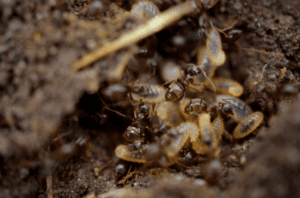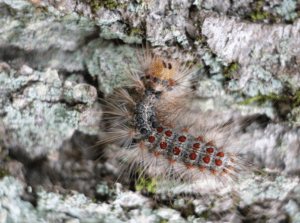
A fascinating fact about mice is that they can fit through holes as small as ¼ inch- that’s roughly the width of a pencil! Conversely, a not-so-fun fact is that they are extremely hazardous to our health and safety when they infest residential areas. Mice have an unfortunate habit of using their ability to squeeze through small spaces to enter homes and settle in for the long haul. This guide takes a close look at where mice come from and how they enter our homes, as well as how to keep them outdoors so you can enjoy a mouse-free property.

Where Do Mice Come From?
Mice primarily originate from outdoor habitats such as fields, forests, grasslands, and even urban green spaces. These small rodents are highly adaptable and can thrive in a variety of environments worldwide. Their natural habitats provide ample food sources like seeds, grains, fruits, and insects, along with suitable shelter such as burrows, fallen logs, or dense vegetation. Mice are opportunistic and prolific breeders, with a capacity to reproduce rapidly in favorable conditions. They may also seek refuge in human-made structures like sheds, barns, and abandoned buildings when outdoor resources are scarce or during harsh weather conditions. With their ability to squeeze through small openings, mice can easily access human dwellings in search of food, water, and shelter, posing a common challenge for pest control.Why Do Mice Enter Houses?
Mice enter homes for several reasons, primarily driven by their basic needs for food, water, and shelter. As opportunistic foragers, they exploit openings in buildings or homes, seeking warmth and protection from predators. Human dwellings offer an abundant and stable food supply, including crumbs, stored grains, and even pet food. Additionally, the sheltered environment of homes provides refuge from harsh weather conditions and predators. Mice are also attracted to the warmth generated by heating systems during colder months. Once inside, they reproduce rapidly, exacerbating mice infestation issues. Their ability to squeeze through small gaps allows them to infiltrate homes easily. Moreover, mice are curious creatures, exploring new environments, leading them to inadvertently enter buildings.Where Do Mice Go In Your House?
Indoors, mice seek out areas that offer both safety and sustenance. Common places they frequent include kitchens, pantries, and food storage areas where they can scavenge for crumbs, spilled grains, and accessible food packages. Additionally, mice are drawn to warm and secluded spaces such as wall voids, attics, and crawl spaces, where they can nest and breed undisturbed. Dark and cluttered areas like basements and storage rooms also provide ideal hiding spots. Mice may explore inside walls and cabinets, utilizing gaps and cracks in structures to move about discreetly. Furthermore, they often gravitate towards areas near water sources like sinks and leaking pipes. Their nocturnal nature allows them to explore these spaces under cover of darkness, increasing their chances of finding food and suitable nesting sites.How To Find Where Mice Are Entering Your House
To pinpoint where mice are entering your home, conduct a thorough inspection both inside and outside the property. Look for common entry points such as gaps around doors and windows, utility penetrations, vents, and cracks in the foundation. Indoors, pay attention to areas where you find droppings, gnaw marks, or signs of nesting. Mice often enter through small openings near pipes, cables, or vents, so inspect these areas closely. Check for chewed materials or grease marks along walls and baseboards, indicating mouse pathways.






